The Hydrologic Fast Lane (Also: IPCC Reports 101)
Reporter Kaye LaFond breaks down the newest IPCC report, and IPCC reports in general.
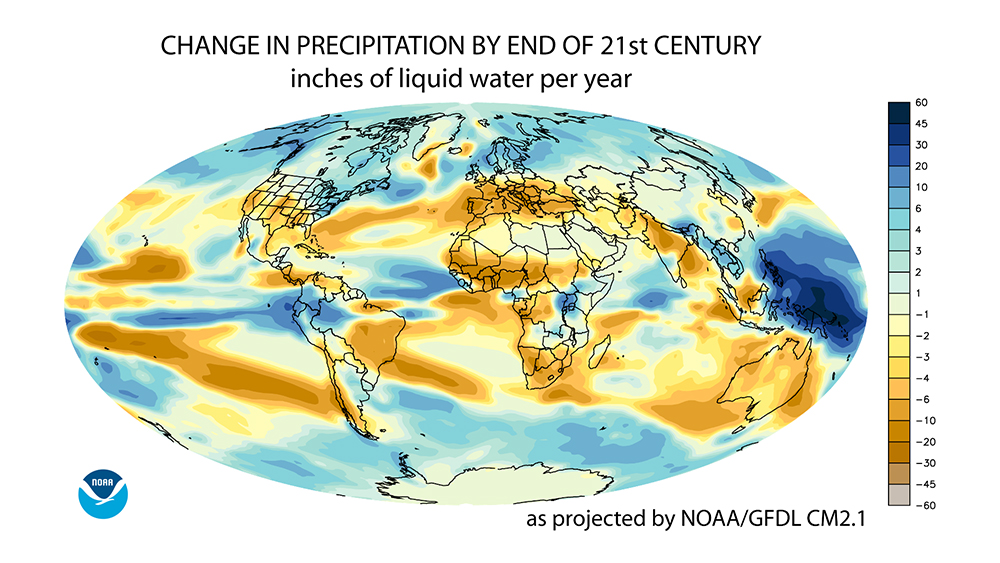
The Intergovernmental Panel on Climate Change (IPCC) released its latest synthesis report last week, and leading news outlets such as The New York Times, Reuters and Bloomberg have all released their own coverage, which makes me happy from the very bottom of my scientist heart. (Circle of Blue reported on it, too: see our story here)
Since our readers rely on us to describe current events in the context of water, I thought I’d take the report and break down what exactly it means for good old H-two-O. However, I’d like to start with some general information on IPCC literature.
Who? What? Why?
Who, you may ask, is the IPCC? Those unfamiliar may see it as a foreboding and bureaucratic agency. However, the IPCC is simply a group of people who are reviewing any and all scientific research regarding climate change and trying to sort out what’s what. They’re scientists – being accidentally foreboding is an occupational hazard.
You may also want to know what a synthesis report is. Well, the report is a combination and distillation of three sub-reports, released over the past year by the IPCC, covering essentially three areas: the causes, effects, and solutions to man-made climate change. Together, these make up an assessment report. There have been 5 assessment reports released in the past 24 years. The last report was in 2007.
To write a report, the IPCC gets together and divides up into three groups. One group is assigned to the “physical science basis” of climate change, i.e. “Why is this happening?” Another deals in the specific impacts and necessary adaptations – this is where I’ll focus, on the specific impacts to water resources. The third group is responsible for writing about the possibilities for mitigation. (Spoiler alert: our window is closing)
The group reports are then combined into a master synthesis report. Each individual working group report and the synthesis report are available online, and each are also available in a simplified “Summary for Policymakers” version. I highly recommend a read.
Why do they do this? Well, according to the IPCC website:
“It [the IPCC] was established by the United Nations Environment Programme (UNEP) and the World Meteorological Organization (WMO) in 1988 to provide the world with a clear scientific view on the current state of knowledge in climate change and its potential environmental and socio-economic impacts. In the same year, the UN General Assembly endorsed the action by WMO and UNEP in jointly establishing the IPCC.”
I cited the “2013 Working Group I” report in my Master’s Thesis, and I have read both the 2001 and 2007 synthesis reports. I can say that the content of the warnings has not changed as much as the urgency. The news is overwhelmingly not good. We should probably start doing something now.
Bigger Extremes
So, on to the meat of the report. If I could sum up what climate change means for water in one word, it would be “SPEED.” You’ll see what I mean.
The general consensus is that the dry areas are going to get drier and the wet areas are going to get wetter. This means that, in already arid places such as the Middle East and the American Southwest, things are not going to get any easier. (For proof, see my colleague Brett Walton’s coverage of the California drought.)
But the wet areas will be fine, right? Unfortunately no, not everywhere anyways.
For millennia, humans have built their own water-storage systems to collect lots of water during intense storms (and also to prevent flooding) and then slowly release it during dry periods. However, we also rely to some degree on Mother Nature and the rate at which we currently expect her to release precipitation from the sky.
Scientists agree that precipitation is going to get more “extreme.” More rainfall will come in a shorter period of time. We’re moving into the hydrologic fast lane. We will be able to rely less and less on Mother Nature’s slow rationing of water – and our current storage capacity may fail us, meaning we’ll get flooded or dried out in turns.
These new precipitation patterns are also not good for our natural storage systems, groundwater aquifers. Heavy, quick, pounding rains have a harder time being absorbed by the ground, which means that less water will be available both above and below ground when we really need it.
Other human actions — such as deforestation — have made things worse. Stripping trees from the land also strips us of valuable hydrologic moderation. (For proof, see my colleague Codi Yeager-Kozacek’s coverage of the current drought in Sao Paulo, Brazil.)
A separate but related worry is the fact that, when water runs hard and fast over the Earth’s surface, it picks up a lot of pollution. Sediment, bacteria, chemicals, you name it – overland flow, or “runoff” as it is termed, can be dirty.
Again, by clearing forests, draining wetlands, and paving over the ground, we have made things worse. We’ve fast-tracked water from the moment it hits the ground as rainfall to the endpoint where it reaches the oceans, while climate change is fast-tracking the other half of the cycle.
When it comes to water, natural systems are designed to function at a slower rate. Life depends on a rhythmic hydrologic cycle. With climate change, the pace is only picking up. Hopefully we won’t be left behind.
Have you read the latest IPCC report? Send me an email (kmlafond@mtu.edu) or a tweet (@GreatLakesKaye) or leave a comment below.
–Kaye LaFond, reporter
is both a scientist and a journalist, she holds an MS in Environmental Engineering from Michigan Technological University, and she brings proficiency in ESRI’s ArcGIS mapping software.

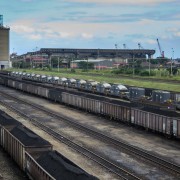
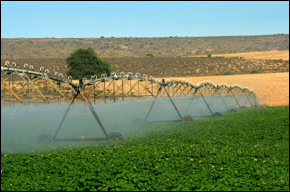
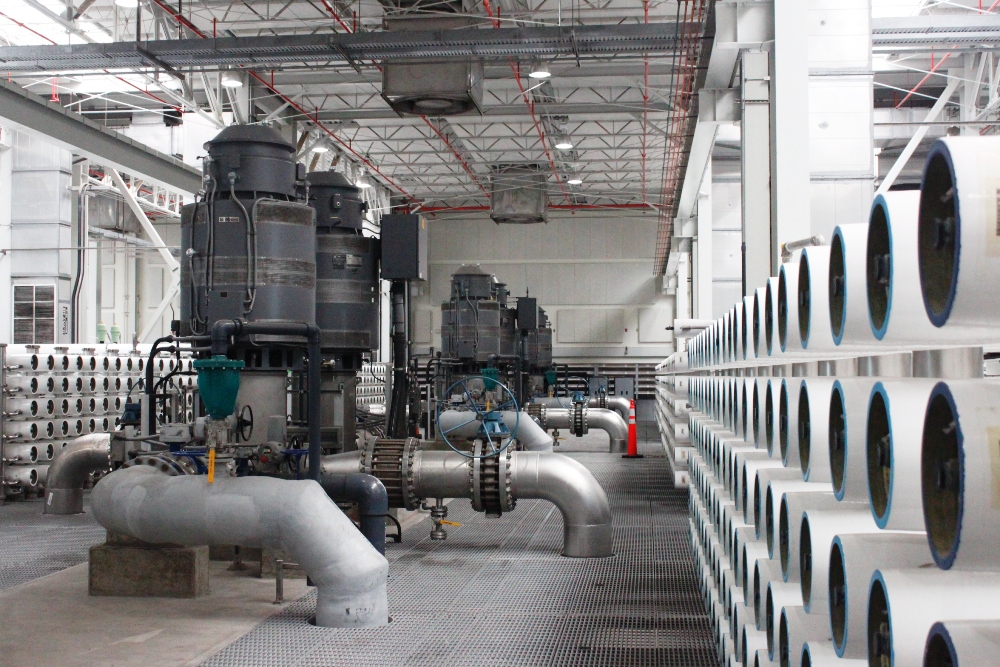
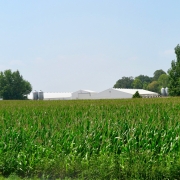





Leave a Reply
Want to join the discussion?Feel free to contribute!